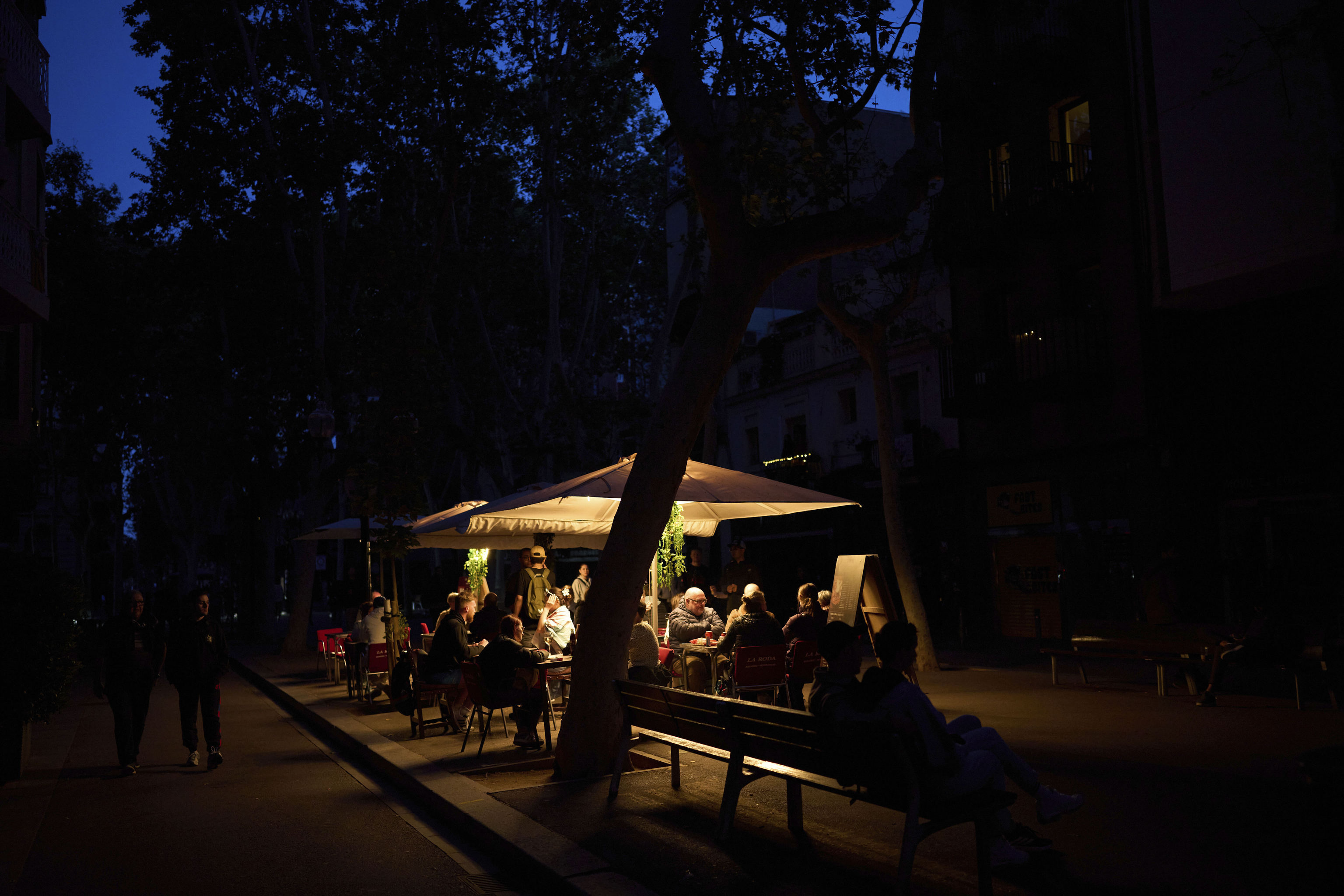The electrical system demand has been restored to 99.95%. The data is from 07:00, but at 06:00 the percentage was already at 99.12%. Red Eléctrica also announced on its X account at 06:46 and at 06:49 confirmed - in this case, on Bluesky - by the Third Vice President of the Government and Minister for Ecological Transition that 100% of the 680 substations of the transmission network are in service, restored. The cause of the blackout is still unknown, but the recovery process is clear.
It is worth noting that the response was relatively quick, with actions initiated almost immediately after the outage was detected at 12:32 on Monday. Communication protocols were activated between the operator, sector companies, government, and authorities. Electrically, the recovery efforts began in France, Morocco, and hydroelectric power plants prepared for such emergencies.
Neighboring countries used their border connections to supply power to Catalonia, the Basque Country, and Andalusia. This allowed their systems, which had also failed, to restart and spread the power throughout the Iberian electrical system. The power, so to speak, spread like an oil spill across the national geography.
Simultaneously, a group of hydroelectric power plants with autonomous start-up capabilities were activated upon detecting the blackout and connected to the grid. Their role was similar to that of Morocco and France: establishing these energy islands and expanding them as they reached new supply points. The tension spread throughout the network, expanding these energy islands until they were all interconnected. By 9:00 p.m., Red Eléctrica reported that there were no more isolated areas.
Throughout this process, different power sources were connected to the system. The two key sources were the aforementioned hydroelectric plants and combined-cycle plants, which burn fuel - usually gas - and can be started relatively quickly. If they are already operational, which was not the case, the start-up is almost immediate. Nuclear power plants take several hours - around 12 - to resume electricity generation, but once operational, they provide continuous power. During the outage, operators of Spanish nuclear plants notified the Nuclear Safety Council of the pre-alert emergency status due to the loss of external power supply. It was a safety measure. As the sun rises, solar photovoltaic power will also be restored.
The 'oil spill' did not reach the islands of Ceuta and Melilla, as they have autonomous systems and were not affected by the blackout. However, this does not make them more resilient, and in fact, it is quite common for an island to experience a blackout when the mainland system fails. In the Canary Islands, the entire system does not collapse because they operate as energy islands, except for Lanzarote and Fuerteventura, which are connected by an underwater cable.
The big question now is whether the system could fail again. Normally, this is unlikely due to its robustness, redundant power sources capable of backing each other up, and safeguards (such as disconnecting electro-intensive industries). However, the fact remains that it did fail yesterday. Until the cause is identified with certainty, nothing can be guaranteed. Nevertheless, if this return to normalcy is indeed stable, it should hold now that all substations are operational.
